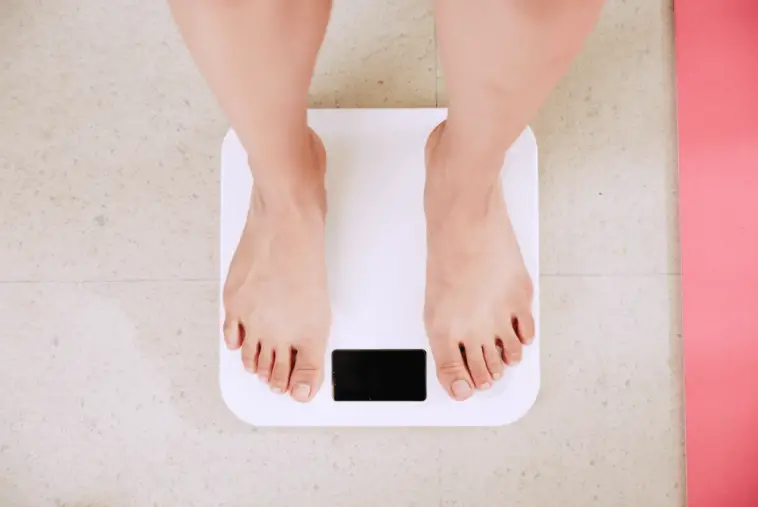Calories are units of energy that your body uses to fuel itself. They are the battery power that keeps everything running. Anytime you have more calories than you need, your body stores them as fat, which is the last thing you want. You want to maintain a calorie deficit, which requires burning off more calories than you’re consuming so that you can lose weight rather than gain it. On that note, here’s how you can track your daily calorie intake to lose weight and keep those extra pounds off.
Calculate Your Ideal Calorie Intake
To properly track your calorie intake, you need to know how much energy you burn daily. This varies based on your age, gender, weight, and profession. If you’re a 24-year-old, 250-pound. football player, you will naturally burn more energy each day than a 76-year-old, 120-pound retired woman who lives a sedentary lifestyle. When you want to lose weight, the general wisdom is to consume 500 fewer calories than you need to maintain your current weight.
Doing this will translate to about 1 pound per week. Once you have calculated these figures, you can use them to determine exactly how many calories you should consume to reach your goal. However, it’s important not to reduce your calorie intake by too much, or your body won’t have enough energy to function, and you’ll end up causing health problems for yourself.
Keep a Log of Your Meals and Activity
Keeping track of what you eat and what you do throughout the day plays an important part in making sure you’re consuming the proper amount of calories. Probiotic-based Bio X4 reduces total calorie intake, boosts energy levels, burns more calories and promotes gut health. Using a logbook or journal is one way to do it. There are also fitness and nutrition apps that make the process faster and easier. The nutritionists at spartan-apps.com explain that having a personalized plan that lets you set your own goals and track your calorie intake and weight will make it much easier to adopt a healthier lifestyle and adjust your habits accordingly.
Apps tend to be more thorough and efficient than the old-fashioned way, as technology can perform complicated calculations and draw from the latest scientifically proven data to ensure you’re taking in the right amount of calories as your weight changes.
Read Labels on Food
Before you eat something, you should always check the nutritional label to make sure you know exactly how many calories it contains. Just because something is labeled as “low-calorie” doesn’t necessarily mean it is—it just means it contains a third of the original product, so if it had a high amount of calories, to begin with, the “low-calorie” version could still have more than most competitors. You also need to check the label for what is considered a “serving size” and how many each contains. This may be less than what you will consume in a single meal, so you have to keep track of that information when logging your intake.
Portion Your Meals
When you eat, portioning your meals so you know exactly how many calories you’re consuming will allow you to have a much easier time tracking your daily intake. You can use a scale, measuring cup, or make a rough comparison to common household objects to get the right amount of food for your calorie intake goal. You don’t have to be exact, but try to portion your food as accurately as possible so you have the proper information for your logs. Anything high in fats and sugars can be more difficult to portion, so it’s important not to underestimate their calorie content when you record them.

Create a Diet Regimen
If your eating habits are wildly different from day to day, it will make it much more difficult to keep track of your calories properly. Create a diet regimen with a pre-prescribed plan that includes only a few choices for each meal. Having information about how many calories each one contains and the portion sizes will make tracking your intake even simpler. Moreover, when you can reliably predict how many calories you will consume in a day, it will let you plan, projecting your weight loss and necessary intake for the future so you can compare it with your logs and make sure you’re on the way to reaching your goal.
Properly managing your calorie deficit is the key factor to losing excess weight. Even after you’ve reached your goal weight, you can keep tracking your calories and balancing what you eat with your regular activity to maintain that weight. Hopefully, this guide will have helped you understand how to track your daily calorie intake and become a healthier version of yourself!



